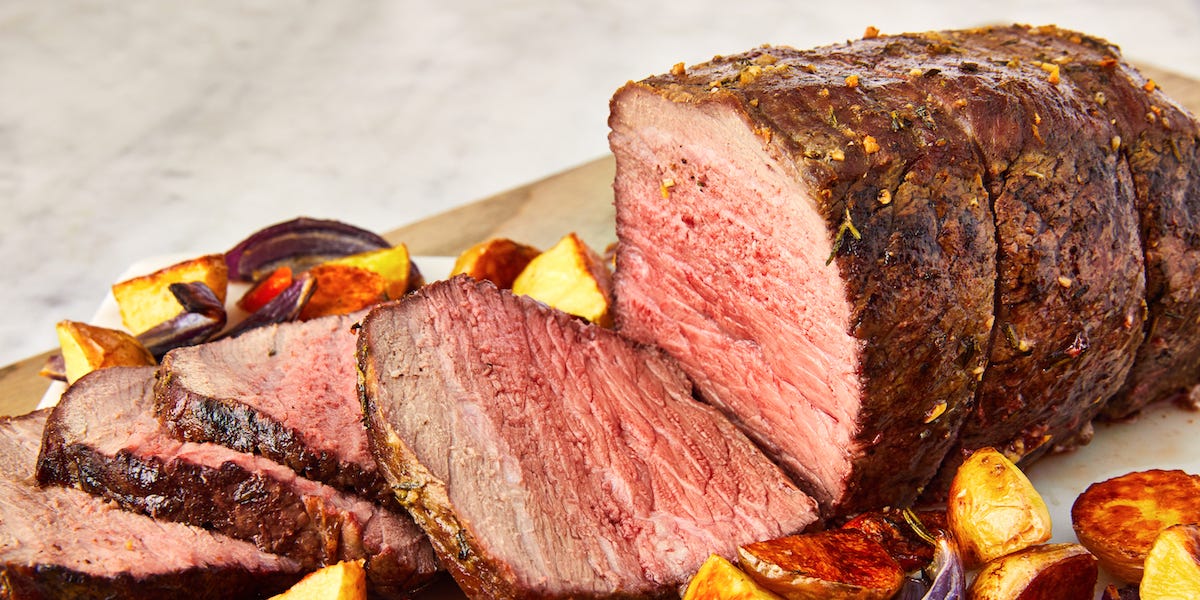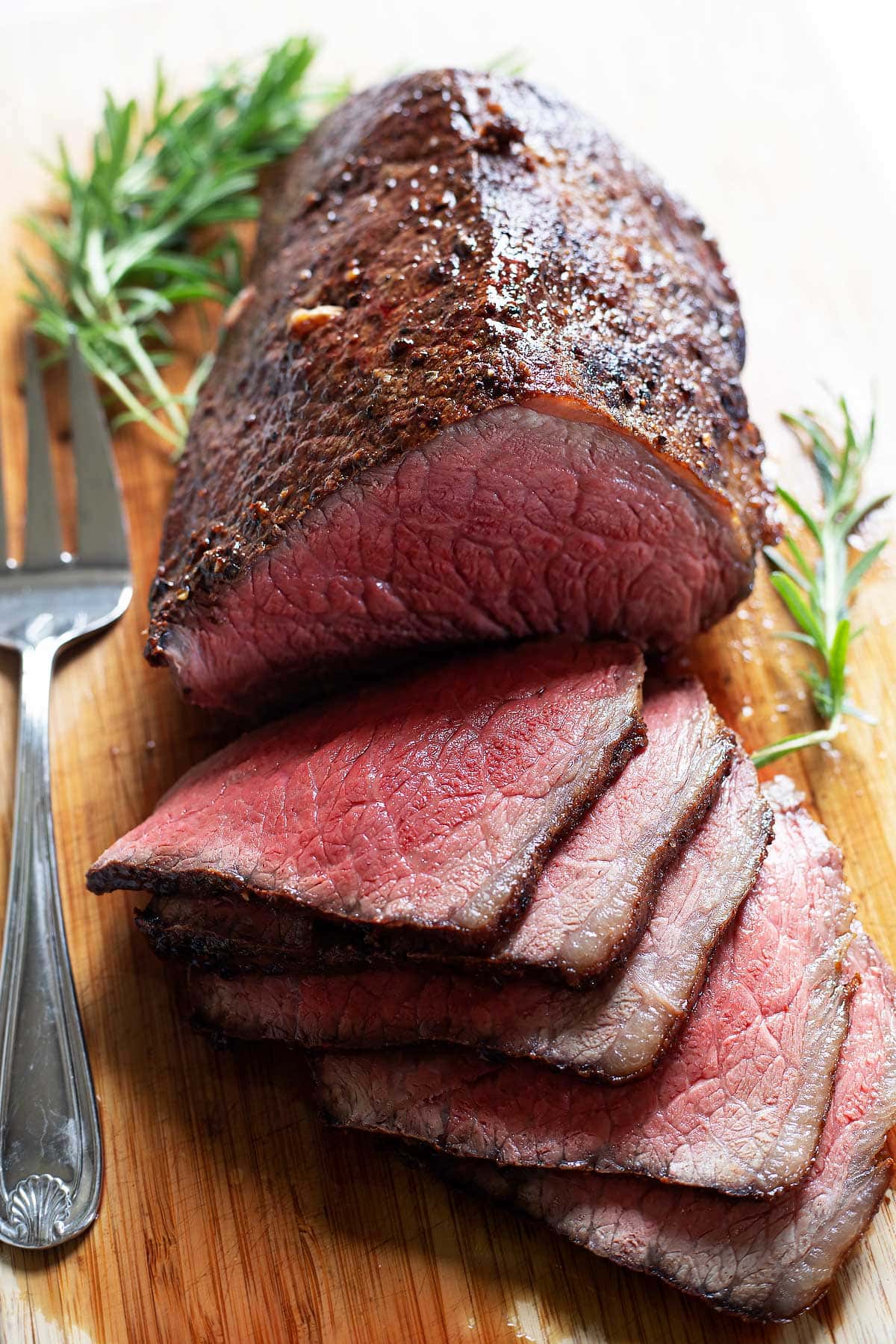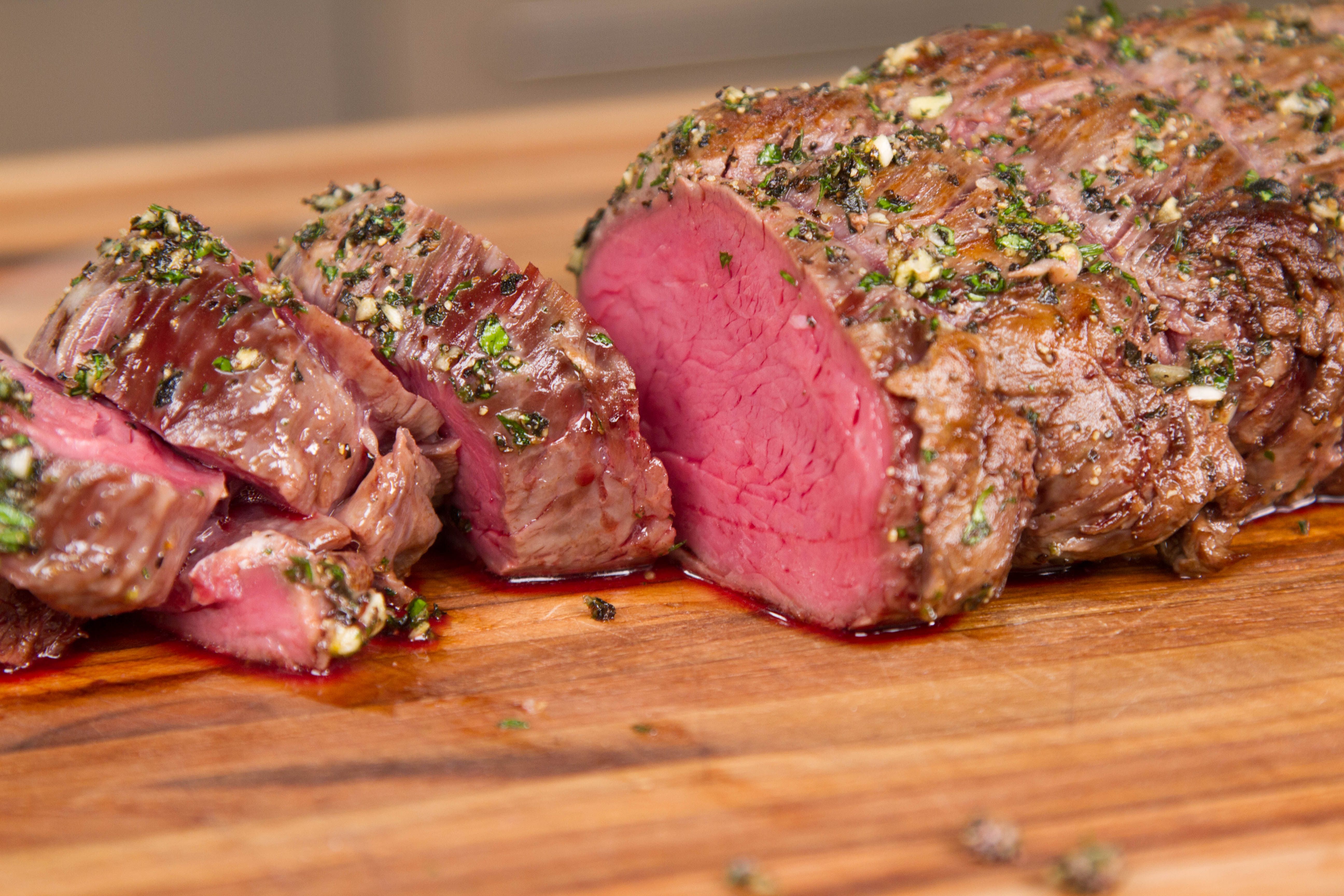Table of Contents
- What Makes a Great Beef Show?
- The Journey of a Beef Show Event
- How Does the Beef Industry Get Support?
- Championing British Beef at the Show
- What Kinds of Beef Can We Enjoy?
- From Farm to Your Plate - A Beef Show Connection
- Why Are Beef Imports and Tariffs Important?
- The Bigger Picture Beyond the Beef Show Floor
Get ready, because a truly special occasion for anyone interested in British beef is coming up. The National Beef Association's Beef Expo, a singular day dedicated to showcasing the very best of the country's beef producers, will be taking place at the J36 Rural Auction Centre in Crooklands. Mark your calendars for Saturday, April 27th, 2024, as this gathering promises to bring together many people who care deeply about the quality of the meat we enjoy. It's almost a celebration, really, of all the hard work that goes into bringing excellent beef to our tables.
This yearly event, which is actually a significant get-together for the entire beef community, offers a chance for folks to see firsthand the dedication involved in raising these animals. It is, in some respects, a moment for everyone, from the people who raise the cattle to those who prepare the food, to connect and share their passion. You know, it's a very big deal for the people who work in this line of business, providing a place for them to show off what they do.
The folks putting this event together, the National Beef Association South West, have actually moved this particular display, which happens every two years, from its previous home at Hatherleigh Market. It's now held at the Exeter Livestock Centre, and that change has, in fact, brought about a rather significant jump in the number of people who come to visit. This shift has, in a way, made the event even more accessible and popular, allowing more people to experience the world of beef production up close.
- Trolls Where To Watch
- John O Hurley Wife
- Who Did Gypsy Rose Blanchard Marry
- Malcolm Jamal Warner
- Karen Moss And Peter Michael Escovedo
What Makes a Great Beef Show?
When you think about what makes a truly good "beef show," it's more than just seeing animals. It's about the whole picture, the story behind the meat that ends up on our plates. It's about recognizing the effort put in by those who raise these animals, and the quality they aim for. A great beef show, you see, offers a chance for everyone to learn a little something new about where their food comes from, and to appreciate the journey it takes. It's about celebrating the very heart of rural life and the food it provides, which is, in fact, quite important to many.
These gatherings, like the one at Crooklands, often feature different kinds of cattle, each with its own special qualities. You might see some very large, impressive animals, or perhaps some that are known for their gentle nature. The people who raise them are often on hand to talk about their animals, sharing stories and knowledge that you wouldn't get just anywhere. It's a chance to connect with the source of our food in a way that feels very real and personal, a little bit like meeting the artists behind a masterpiece.
The atmosphere at a "beef show" is typically lively, filled with conversations, laughter, and the sounds of the countryside. There's a real sense of community, with producers, buyers, and consumers all coming together for a common interest. It's a place where relationships are built, where ideas are shared, and where the future of the industry is, in some respects, discussed and shaped. So, it's not just a display; it's a living, breathing part of the agricultural calendar.
- When Does Rick Come Back In Twd
- Monsters Cast Menendez Brothers
- Why Did Tom And Katie Break Up
- Mori Lee Wedding Gowns
- Bone Thugs N Harmon
The Journey of a Beef Show Event
The journey of a "beef show" event, like the National Beef Association's, often involves a lot of careful thought and planning. Moving the biannual display from Hatherleigh Market to the Exeter Livestock Centre, for example, was a decision made by the event organizers, the National Beef Association South West. This change, which was quite a big step, actually brought about a significant increase in the number of people who came to visit. It shows that finding the right place can really make a difference, allowing more folks to come and experience what's on offer.
The new spot, Exeter Livestock Centre, must have offered something more, perhaps better access or more space, which helped draw a bigger crowd. This kind of expansion is, in a way, a good sign for the event and for the industry it represents. It means more people are getting to see the excellent work being done and are perhaps becoming more interested in where their food originates. That, you know, is pretty much what these events aim for.
Thinking about the success of this particular "beef show" move, it highlights how important it is for such events to be easily reachable and to have enough room for everyone. When more people can attend, the message about the quality of British beef spreads further, and the producers get a wider audience for their efforts. It’s a bit like opening up a shop in a busier part of town; more eyes get to see what you’re selling, and that’s always a good thing for business and for connection, really.
How Does the Beef Industry Get Support?
Supporting the beef industry means a lot of different things, and it happens at many different levels. Our main goal, as stated by the National Beef Association, is always to keep promoting and helping the UK beef industry in every possible way. This means working with government bodies and administrations that handle local affairs, all to look after the interests of those involved in raising cattle and producing beef. It's about making sure their voices are heard and their needs are considered, which is, you know, a very important part of keeping things going.
This support isn't just about big policy discussions, though those are certainly part of it. It's also about things like the "beef show" itself, where producers can meet, share ideas, and showcase their animals. It's about connecting farmers with consumers, and helping everyone understand the value of locally produced meat. The industry, in some respects, relies on this kind of broad backing to keep going strong and to keep offering the quality products we've come to expect.
When we talk about defending the interests of the industry, it also includes making sure that fair rules are in place for things like trade and production standards. It's about ensuring that the people who work hard to produce beef can do so in a way that is both profitable for them and good for the animals and the land. That, arguably, helps everyone in the long run, from the farmer to the person buying meat at the shop.
Championing British Beef at the Show
Championing British beef at a "beef show" involves a lot of collaboration, like that seen with the Salers Cattle Society of the UK Ltd, and other beef breed societies connected to the National Beef Association. These groups are absolutely key to keeping different types of cattle strong and healthy, ensuring a good future for each breed. They work to preserve the special qualities of each kind of animal, which is, you know, really important for the variety we see in our meat supply.
When you walk through a "beef show," you often see various breeds, each with its own unique characteristics. Some might be known for their size, others for the particular taste of their meat, and still others for how well they adapt to certain environments. The breed societies play a vital role in sharing this knowledge and in helping breeders improve their herds over time. It's a collective effort to maintain the high standards that British beef is known for, which is pretty much at the heart of these gatherings.
These societies also act as a sort of hub for information, providing guidance and support to their members. They help with everything from breeding advice to understanding market demands. So, when they come together at a "beef show," it's a powerful display of unity and shared purpose, showing how different parts of the industry work hand-in-hand to promote the very best of British beef. It’s a very practical way of helping the entire industry move forward, actually.
What Kinds of Beef Can We Enjoy?
When we think about what kinds of beef we can enjoy, the possibilities are really quite wide. From a simple ground beef meal to a grand roast, beef is a versatile food that shows up in many different dishes. You might, for example, start with a dry-aged prime rib roast, a recipe from someone like Guy Fieri, which takes a bit of time but promises a wonderful meal. That, honestly, sounds like a truly special treat for a weekend dinner.
Then there are all the easy ground beef recipes that many of us turn to often. Food Network, for instance, offers lots of ideas for things like burgers, meatloaf, rich bolognese sauces, and comforting shepherd's pie. These are often family favorites, the kind of meals you make again and again because they're so satisfying and, in fact, quite simple to put together. It shows how beef fits into our daily lives, not just for special occasions.
And it's not just about traditional European dishes. Think about orange beef, a popular choice at Asian restaurants, or a brisket recipe that captures those flavors in a slow braise. This really shows how beef can be adapted to so many different cooking styles and tastes from around the world. It’s pretty amazing, actually, how one ingredient can be transformed in so many delicious ways, offering something for almost every palate.
From Farm to Your Plate - A Beef Show Connection
Connecting the farm to your plate, a "beef show" helps us see the journey of the meat we eat. You might see trays of ground beef chuck, for instance, sitting on a rack in the meat section of a supermarket. This sight, from a market in Princeton, Illinois, on a Thursday in April 2020, reminds us of the everyday presence of beef in our lives and the path it takes from the farm to the store shelves. It's a pretty direct link, you know, from the animal to the package.
The industry that provides us with beef is, in some respects, generally divided into two main areas of production. One part is about getting the total amount of beef ready for the home market, measured by the full weight of the animal's body. The other part is about how much of that animal is actually turned into the cuts we buy at the shop. This second amount is estimated to be about 70 percent of the total, meaning a good portion of the animal gets used for our meals, which is, frankly, quite efficient.
When you're preparing beef, like a roast, it can bring back warm memories of home. There are so many popular roast beef recipes that chefs often recommend for making a weeknight supper feel a bit more special. You might start by seasoning the beef with a teaspoon of salt and a good amount of fresh black pepper, then cook it without touching it for a bit to get a nice sear. Later, you might add garlic and the rest of the ginger, letting it cook for 20 to 30 seconds, then stir in bell peppers. These simple steps, you know, are what bring the beef from its raw state to a delicious meal, showing the full circle from the "beef show" to your kitchen.
Why Are Beef Imports and Tariffs Important?
Understanding why beef imports and tariffs matter is a little bit like looking at the bigger picture of how the beef industry works globally. When beef comes into a country, there are often specific rules about it, like a minimum charge of 4.4 cents per kilogram for certain imports within a special quota. After that set amount, a much larger charge of 26.4 percent is then put on any imports that go over that limit. These rules, you see, are put in place to manage how much beef comes in from other countries and to, in some respects, support the local industry.
These charges, or tariffs, are a way for governments to control the flow of goods and to try and make sure that home-grown products remain competitive. It’s a very practical way of balancing trade, making sure there's enough variety for consumers while also looking after the interests of local farmers and producers. This system, arguably, plays a big part in the economic health of the beef industry within a country, affecting everything from prices to how much is produced locally.
The policies around imports and tariffs are often discussed and adjusted, reflecting changes in the market and the needs of the industry. They are, in fact, a crucial part of the overall strategy to promote and support the UK beef industry, as mentioned earlier. It’s a pretty complex area, but it really does affect what kind of beef is available and at what price, which is, you know, something that touches everyone who buys meat.
The Bigger Picture Beyond the Beef Show Floor
Looking beyond the immediate excitement of the "beef show" floor, there's a much larger story about how beef gets from the farm to our tables, and how the industry works to keep it all going. The rules around imports, for example, are a big part of that. All other beef coming in under the tariff rate quota, or TRQ, has a very small charge of 4.4 cents for every kilogram. But then, if imports go over that specific amount, a much bigger charge of 26.4 percent is put on them. This system, honestly, is designed to balance the amount of foreign beef with what's produced at home.
These policies are part of the way the government helps defend the interests of the local beef industry, ensuring that producers here can continue their work. It's a constant balancing act, trying to provide consumers with choices while also making sure that British farmers have a fair chance. The "beef show" itself, in a way, is a tangible representation of this effort, bringing together the people and the animals that are at the heart of it all.
So, while you might be enjoying the sights and sounds of the "beef show," or thinking about a delicious roast beef dinner, it's worth remembering all the different elements that come together to make it possible. From the specific breed societies working to improve their cattle, to the broad industry efforts to engage with government, and even the details of import tariffs, every piece plays a part in bringing quality beef to our plates. It’s pretty much a whole ecosystem, really, working together.
- Jennifer Hudson Family Shooting
- Anne Heche Nude
- Kelly Rowland Naked Pics
- Marlow Thomas
- Jerry Stiller Movies And Tv Shows


